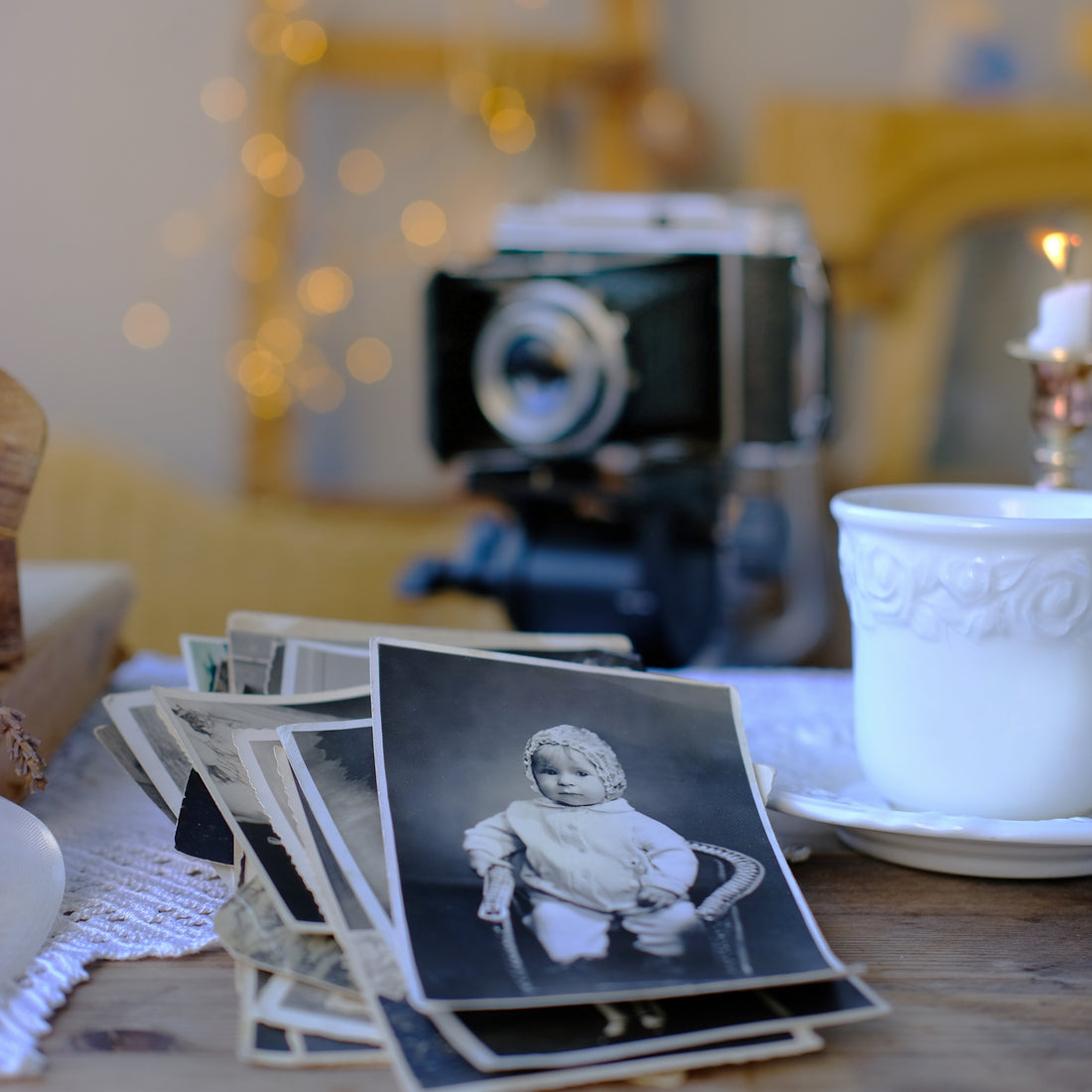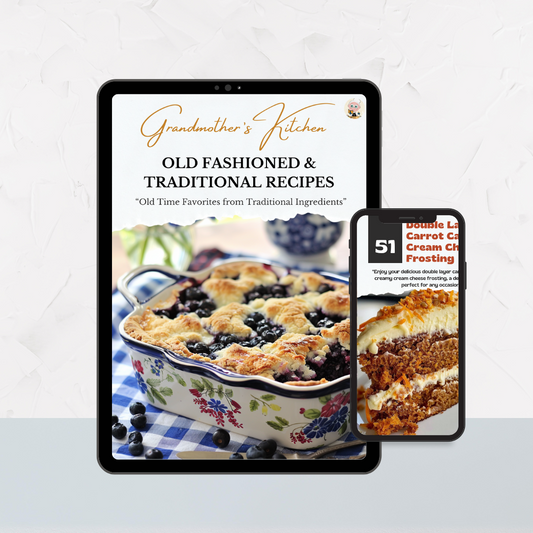Search Title: How to Declutter Sentimental Items: Practical Tips for Moving and Organizing

Share
How to Part with Treasured Items: Tips for Decluttering and Moving
Decluttering can be a daunting task, especially when it involves parting with items that hold sentimental value. Whether you’re moving or just trying to create a more organized space, letting go of cherished belongings can be emotionally challenging. Here are some empathetic and researched tips to help you navigate this difficult process.
Understanding Emotional Attachments
It’s normal to form emotional attachments to items, especially those that remind us of important people, places, or events. Recognizing these feelings is the first step towards making thoughtful decisions about what to keep and what to let go of.
Step-by-Step Guide to Decluttering
Step 1: Start Small
Begin with areas that are less emotionally charged, such as a bathroom or kitchen. This will help you build momentum and confidence before tackling more challenging spaces.
Tips:
Set a Timer: Work in short, manageable increments to avoid feeling overwhelmed.
Celebrate Progress: Acknowledge each small victory to stay motivated.
Step 2: Categorize Items
Sort items into categories such as keep, donate, sell, and discard. This helps you see how much you have and make more informed decisions.
Tips:
Create Clear Criteria: Decide on guidelines for what stays and what goes. For example, keep items you’ve used in the past year or that hold special significance.
Four-Box Method: Use four boxes labeled "Keep," "Donate," "Sell," and "Trash" to systematically sort through your belongings.
Step 3: Handle Sentimental Items Last
Save emotionally charged items for last. By the time you reach them, you’ll have gained decluttering experience and confidence.
Tips:
One Box at a Time: Focus on one small box or drawer rather than an entire room.
Take Breaks: Give yourself time to process emotions.
Invite Support: Having a friend or family member can provide support and help you stay objective.
Tips for Letting Go of Sentimental Items
1. Take Photos
Photograph items that hold memories but aren’t practical to keep. This allows you to preserve the memory without the physical clutter.
Example: Take a picture of your child’s artwork before discarding the originals.
Additional Tips:
Create a Digital Archive: Store photos of sentimental items in a digital album that you can revisit anytime.
Print Favorites: Select a few favorite photos to print and display in a collage or photo book.
2. Create a Memory Box
Designate a small box for the most cherished items. Limit the size of the box to ensure you only keep what truly matters.
Example: Keep letters, small mementos, and photos in a designated memory box.
Additional Tips:
Limit Size: Use a small, decorative box to limit the amount of space for sentimental items.
Rotate Items: Periodically review and rotate items in the memory box to keep it relevant.
3. Repurpose or Recycle
Find new uses for sentimental items. This can give them a second life and keep the memories alive.
Example: Turn an old T-shirt into a quilt or a piece of jewelry into a new accessory.
Additional Tips:
DIY Projects: Use sentimental items in DIY projects that you can use or display in your home.
Gifting: Consider giving sentimental items to family members or friends who might appreciate them.
4. Donate to a Good Cause
Knowing that your items will bring joy to someone else can make it easier to let go. Choose charities or organizations that align with your values.
Example: Donate old books to a local library or shelter.
Additional Tips:
Research Organizations: Find organizations that need specific items you have, such as women's shelters or educational charities.
Local Impact: Choose local charities to ensure your items help your community.
Strategies for Maintaining Progress
1. Regular Check-Ins
Set regular intervals to reassess your belongings. This helps prevent clutter from accumulating again.
Example: Schedule seasonal decluttering sessions.
Additional Tips:
Monthly Reviews: Set aside time each month to review and declutter one area of your home.
Annual Overhaul: Do a comprehensive decluttering once a year to maintain a clutter-free environment.
2. Mindful Acquisitions
Be mindful of new items you bring into your home. Consider their necessity and potential emotional attachment before purchasing.
Example: Implement a “one in, one out” rule for new purchases.
Additional Tips:
Intentional Shopping: Only buy items you truly need or love.
Quality Over Quantity: Invest in high-quality items that will last longer and bring more joy.
3. Seek Support
Enlist the help of friends or family members. Having a supportive presence can make the process less stressful and more enjoyable.
Example: Invite a friend over to help sort through clothes or other belongings.
Additional Tips:
Decluttering Parties: Host a decluttering party with friends where everyone brings items to donate or sell.
Professional Help: Consider hiring a professional organizer for guidance and support.
Emotional Aspects of Decluttering
Acknowledge Your Feelings
It’s normal to feel sad or anxious when letting go of sentimental items. Acknowledge these emotions as a natural part of the process.
Tips:
Journaling: Write about your feelings and memories associated with each item.
Talk It Out: Discuss your feelings with a trusted friend or family member.
Focus on the Benefits
Remind yourself of the benefits of decluttering, such as a cleaner, more organized space and the ability to move forward with less burden.
Tips:
Visualize Your Space: Imagine how your space will look and feel once it’s decluttered.
Celebrate Milestones: Reward yourself for reaching decluttering goals.
Create New Traditions
Letting go of items doesn’t mean letting go of memories. Create new traditions to honor and remember your loved ones.
Tips:
Memory Scrapbook: Create a scrapbook with photos and stories about the items you’re letting go.
Annual Remembrance: Set aside time each year to reflect on memories and celebrate your past.
Practical Tips for Decluttering Before a Move
Plan Ahead
Start decluttering well in advance of your move to avoid last-minute stress.
Tips:
Create a Timeline: Plan a schedule that breaks down the decluttering process into manageable steps.
Prioritize Areas: Focus on the most cluttered areas first, such as attics, basements, and garages.
Use Moving as an Opportunity
View moving as a fresh start and an opportunity to create a clutter-free environment in your new home.
Tips:
Purge Before Packing: Only pack items you love and use regularly.
Label Boxes Clearly: Label boxes with contents and their designated room in your new home.
Hire a Moving Service
Consider hiring a moving service that offers packing and unpacking assistance. They can help you stay organized and reduce the physical and emotional burden of moving.
Tips:
Research Options: Look for moving services that offer customizable packages to fit your needs.
Communicate Clearly: Clearly communicate your expectations and preferences with the moving service.
Decluttering and parting with treasured items is a deeply personal and emotional process. By taking a thoughtful, step-by-step approach and utilizing these empathetic tips, you can create a more organized space while honoring the memories attached to your belongings. Remember, it’s not just about letting go, but also about making room for new experiences and memories.


